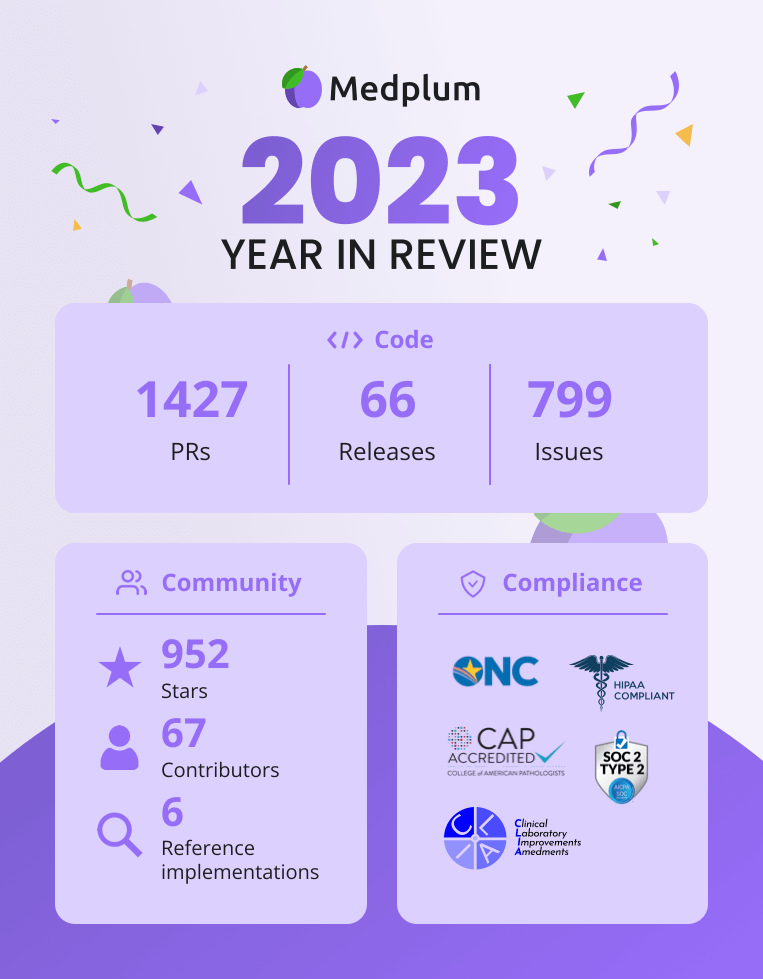Chamber Cardio - case study
Chamber Cardio, a technology-enabled cardiology solution, helps enable and empower cardiologists and practices in their transition to value-based care. With our cloud-based technology platform, we offer a suite of tools designed specifically for cardiovascular care. These tools provide real-time insights, analytics and care coordination tools focused on improving outcomes for patients with chronic cardiovascular conditions.




